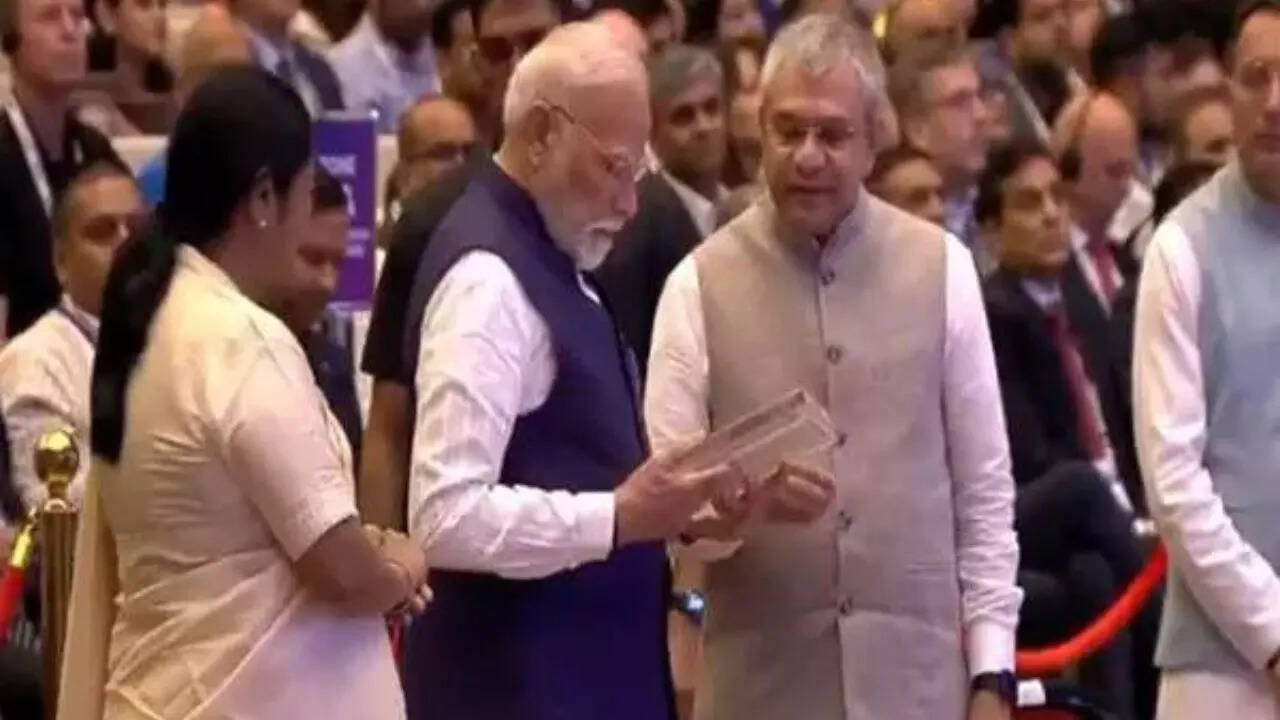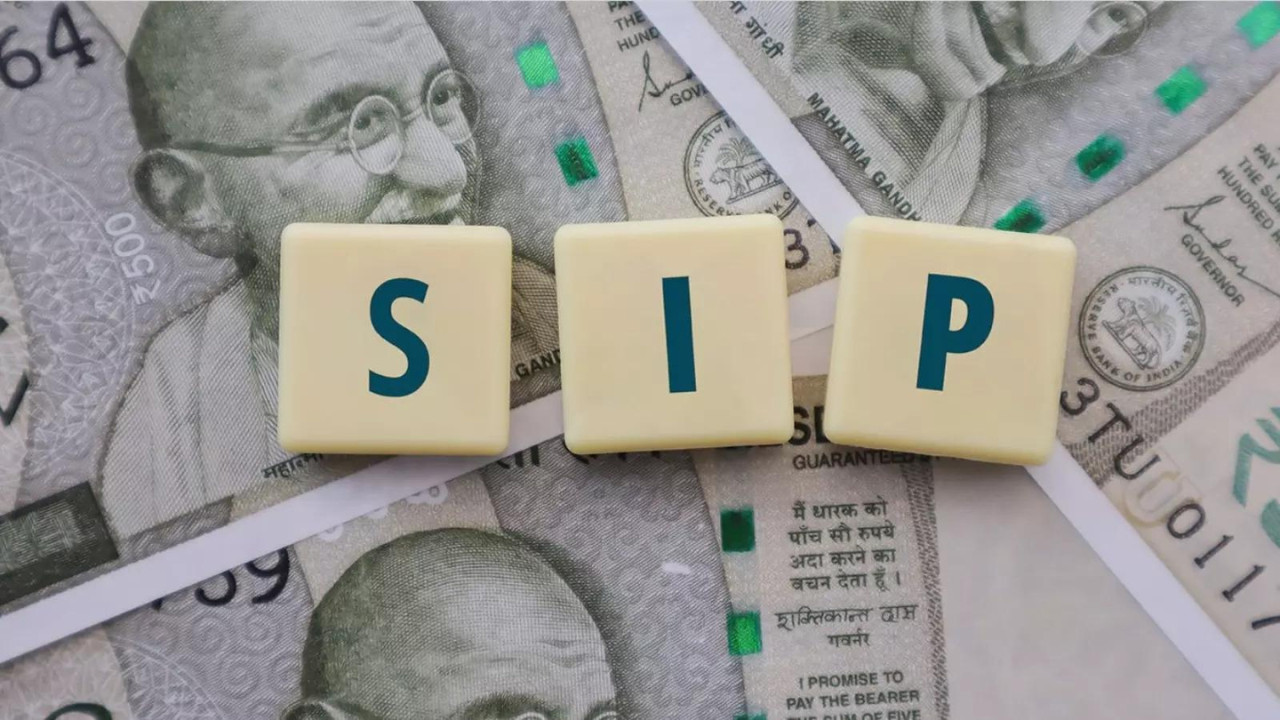Prime Minister Modi received India’s first indigenous semiconductor chip, the Vikram processor, at Semicon India 2025. Union IT Minister Vaishnaw highlighted the rapid progress driven by the India Semiconductor Mission, with five units under construction and significant investment committed. Industry leaders praised India’s growing role and potential in the global semiconductor market, projecting substantial growth and collaboration.
India’s Semiconductor Moment: Is the World About to Change?
The air crackled with excitement. This wasn’t just another industry event; it felt like a turning point. Prime Minister Modi, visibly pleased, accepted the first indigenously manufactured semiconductor chip. Forget press releases and staged photo ops, this was tangible proof of India’s ambition to become a major player in the global semiconductor landscape.
The event, Semicon India 2025, wasn’t just a showcase; it felt like a declaration. For years, the global semiconductor industry has been dominated by a few key players, primarily in East Asia and the United States. Now, India is throwing its hat firmly into the ring. What does this mean for the existing order, and more importantly, what does it mean for the future of technology?
Shifting Sands: Why India’s Rise Matters
The significance of this moment goes far beyond national pride. The global semiconductor supply chain is notoriously fragile, as recent events have demonstrated. Geopolitical tensions, natural disasters, and even simple logistical bottlenecks can send shockwaves through industries reliant on these tiny but mighty chips. Bringing more semiconductor manufacturing to India diversifies the supply chain, making it more resilient and less susceptible to disruptions. This isn’t just good for India; it’s good for the entire world.
But why India? The country possesses several key advantages. First, a massive and rapidly growing domestic market provides a built-in demand for semiconductors. From smartphones to automobiles, the need for chips is only going to increase. Second, India boasts a large pool of skilled engineers and technical professionals. This talent pool, combined with government initiatives to promote semiconductor research and development, creates a fertile ground for innovation.
![]()
From Ambition to Reality: The Road Ahead
Of course, the journey won’t be without its challenges. Building a thriving semiconductor industry requires significant investment in infrastructure, technology, and workforce development. It also demands a collaborative approach, bringing together government, industry, and academia. The Indian government appears to be keenly aware of these challenges and has launched a number of initiatives to address them, including substantial financial incentives and streamlined regulatory processes.
The real test will be in execution. Can India attract leading semiconductor manufacturers to set up shop within its borders? Can it foster a vibrant ecosystem of supporting industries, from chip design to equipment manufacturing? Can it develop the necessary skills and expertise to compete with established players? The answer to these questions will determine the ultimate success of India’s semiconductor ambitions.
The Ripple Effect: What It All Means
The rise of India as a semiconductor hub has far-reaching implications. It could reshape the global balance of power in the technology industry, creating new opportunities for innovation and economic growth. It could also lead to greater competition, driving down prices and making technology more accessible to consumers worldwide.
More broadly, this push for self-reliance in chip manufacturing aligns with a larger trend of countries seeking to bolster their strategic autonomy. Securing access to critical technologies like semiconductors is increasingly viewed as a matter of national security and economic competitiveness.
This development also speaks to the growing importance of technology in shaping the future. Nations that can master the art of chip design and manufacturing will be well-positioned to lead the way in emerging fields like artificial intelligence, quantum computing, and advanced manufacturing.
In conclusion, the presentation of the first made-in-India chip is a symbolic moment, representing the country’s determined entry into the global semiconductor arena. The potential impacts are significant, suggesting a reshaping of the semiconductor industry and a boost for the global tech landscape. The future holds the answers, but India’s strategic move is undeniably a game-changer, with profound implications for technology and geopolitics. Learn more about other tech manufacturing hubs and their impact on the global economy on our [blog about global manufacturing trends](/blog/global-manufacturing-trends).







